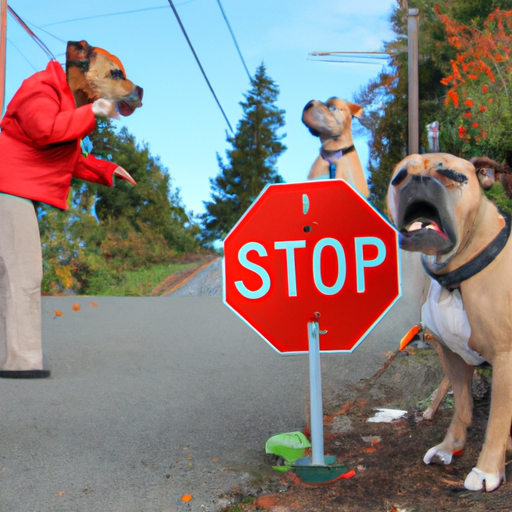Understanding the Canine Dominance Hierarchy
As a devoted caregiver, you might often find yourself at a loss when your beloved pets start to engage in fierce tussles. To mitigate this issue, it is crucial that you understand the concept of canine dominance hierarchy. Dogs, by nature, are pack animals. They thrive on structure and hierarchy, and the struggle for dominance is a natural part of their social dynamics. Dominance is established based on a variety of factors, including size, strength, intelligence, and age.
Recognizing the Signs of Dominance Behaviour
Recognizing the signs of dominance behavior is the first step to stop dogs from fighting. Dogs exhibit several signs when they are trying to assert dominance. These signs could be subtle or overt, including:
- Persistent mounting
- Stealing or hoarding toys and food
- Aggressive barking and growling
- Ignoring your commands
- Pushing other dogs away from their preferred spot
By being observant and understanding these signs, you can intervene before a fight breaks out.
Techniques to Prevent Dominance Fights
There are several techniques that you as a caregiver can employ to prevent dominance fights. These include:
- Establish Clear Leadership: Dogs need a strong, stable leader. If they don’t find one in you, they will try to assume the role themselves, leading to power struggles.
- Ensure Consistent Training: Regular obedience training can help reinforce your position as the leader and reduce dominance behaviors.
- Control Resources: By controlling access to resources like food, toys, and space, you can manage their behaviors and prevent fights.
- Promote Positive Interaction: Encourage positive interaction between your dogs by rewarding them for good behavior.
The Role of Professional Assistance
In some cases, professional assistance may be necessary. Dog trainers and animal behaviorists have specialized knowledge and experience in dealing with dominance issues. They can provide personalized training programs and interventions that can help manage and resolve dominance fights.
Importance of Neutering or Spaying Your Dogs
Another measure that you can consider is neutering or spaying your dogs. Studies have shown that neutering or spaying can reduce aggressive behaviors in dogs. However, this should be a decision made in consultation with your vet considering the overall health and wellbeing of your dogs.
Frequently Asked Questions
Q: Can dominance fights cause serious harm to my dogs?
A: Yes, dominance fights can lead to physical injuries and psychological stress for your dogs.
Q: Are certain breeds more prone to dominance fights?
A: While all dogs can exhibit dominance behaviors, some breeds may be more prone due to their inherent traits.
Q: How can I tell if my dogs are playing or fighting for dominance?
A: Generally, play is balanced and reciprocal while dominance fights often involve aggressive behaviors and one dog always being on the defensive.
Q: Can puppies exhibit dominance behaviors?
A: Yes, puppies can start showing signs of dominance as early as six weeks old.
Q: Can neutering or spaying my dogs stop dominance fights?
A: While neutering or spaying can reduce aggressive behaviors, it’s not a guaranteed solution for dominance fights. Other interventions may be necessary.
In conclusion, managing dominance fights among dogs requires patience, understanding, and a consistent approach. By following these steps, you can foster a peaceful and harmonious environment for your beloved pets.



